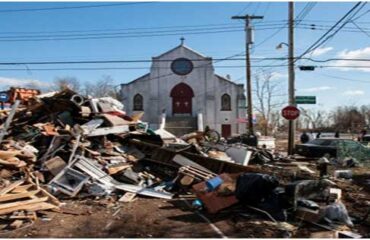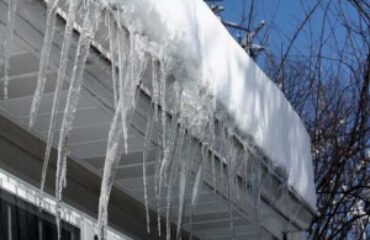7 Tips to Preparing Your Florida Coastal Condominium for the Hurricane Season and the specific steps to take to
FOR IMMEDIATE RELEASE / PRURGENT
7 Tips to Preparing Your Florida Coastal Condominium for the Hurricane Season”, a free report, has just been released by Florida condominium construction expert Robert Fitzpatrick, P.E.
The Hurricane season is just starting and predictions indicate it could be a rough one. You need to start getting ready now. Prepare for two things; water coming in and power going out. Here are some things to check.
1. If You Have Hurricane Shutters
– Check the anchorage (screws into the walls, ceiling or floor). Make sure they are tight and there is no rattle. Shutters that blow off won’t protect you and one of the biggest causes of shutter failure is insufficient or improper anchorage. They should be anchored in reinforced masonry that has grouted cells or into reinforced concrete or wood. If anchors are loose or rattle, they can fail from the buffeting winds. Shutters should not be attached to Exterior Insulated Finish System (EIFS) (synthetic stucco on light gage steel studs). If the shutters or the anchors rattle or appear loose, call the shutter company and have them install the next larger diameter size or back them out and epoxy them back in.
– When you are comfortable with the shutter anchorage, make sure the shutters open and close properly and that the weather stripping or gaskets are still pliable and resilient. Deteriorated gaskets will rub off on your fingers when they should be replaced. They shouldn’t be cracked. If the shutters do not open and close well, try WD 40 or Silicone garage door opener spray on the hinges and then open and close them a few times to get the oil worked around all the hinges. If the shutters aren’t working up to par, or the gaskets are worn, call a shutter company to have them checked and serviced.
2. If You Don’t Have Hurricane Shutters
– Get buckets and towels staged by the sliding glass doors to soak up the water that will come in. You can stuff beach towels in the sliding glass door tracks to absorb water as it enters and then squeeze the water into buckets. This is a family operation. One person removes the wet towels and gives to the squeezer and puts in dry towels. The squeezer squeezes the water into the buckets. The bucket crew transports the bucket to the toilette and brings back empty buckets and someone else is drying towels in the dryer. Everyone hopes that this doesn’t have to go on all night.
– There is product called the “water dog” or something like that. It’s a cylindrical foam tube in a stocking that is made to help seal the sliding glass door when wedged in the door track between the threshold riser (or back dam) and the door panel. Reports have it they are somewhat effective in reducing (not eliminating) water penetration.
– Next year, get shutters or check out sliding glass doors that have a very low air infiltration rate. This helps lower the risk of water penetration.
3. Furniture and Electronics
– If water could damage it, get your stuff off the floor. Raise it on some blocks a few inches. If you have carpet, you can leave it on the floor to soak up the water as it comes in or peel it back in a futile attempt to save it and try to mop up the water as it comes in. You will need more bucket carriers and you will lose. Mother Nature almost always wins.
4. Exterior Wall Joints
– Check around all the exterior wall penetrations, ie; wall mounted light fixtures, dryer vents, electrical outlets, TV cable cords, rain gutter attachments and, of course, windows and sliding glass doors. If these areas do not have a continuous bead of sealant around the perimeter, buy some exterior waterproofing sealant in a tube, cut the tube so you have a nozzle opening of a 1/4” diameter or a little larger, and apply a continuous bead of sealant around the perimeter of the fixture to the wall. Wipe the fixture and the wall first with a wet rag to clean the surface, let it dry, then seal.
– If it is caulked, see if the sealant around these items is still adhered. If you can peel the sealant off the wall, pull it completely off and re-caulk. When you caulk, try to get about ¼ inch of caulk on each surface.
5. Balcony or Patio
– Patio chairs and tables should be folded up and brought inside. Potted plants should be brought in. Shade umbrellas should also be taken down. During a hurricane, most damage is caused by wind-borne debris. Check TV satellite dishes to make sure they are rigidly secured
6. EIFS Skinned Buildings (synthetic stucco on metals studs)
– If you live in an EIFS skinned building (synthetic stucco on metals studs), evacuate and take any valuables with you. No kidding. Imagine your Unit with exterior walls blown off. Does this sound a little alarmist? Most of the EIFS cladding products were not intended for areas where wind pressures exceed 35 pounds per square foot. In a hurricane, you could get double that. Play safe, evacuate if you live in an EIFS clad condominium.
7. Finally, stock up on flashlights and batteries so you can check to see any water or structural damage.




